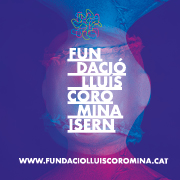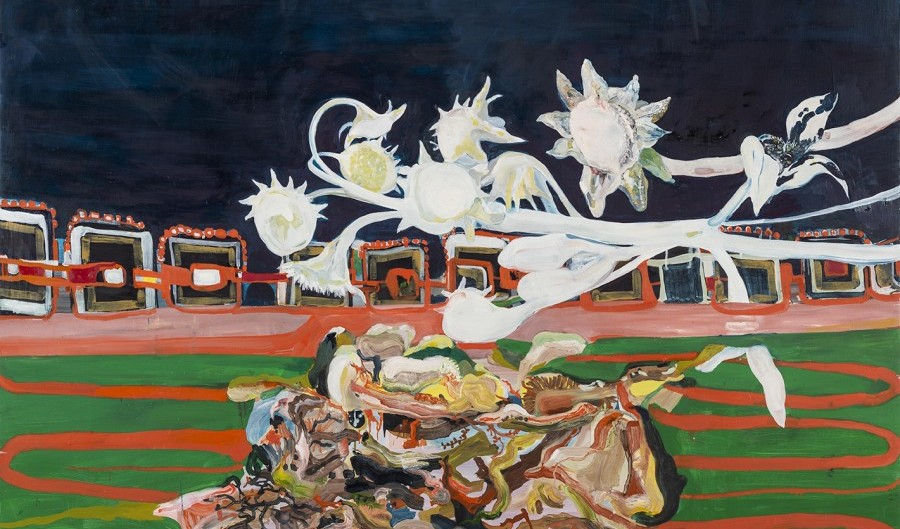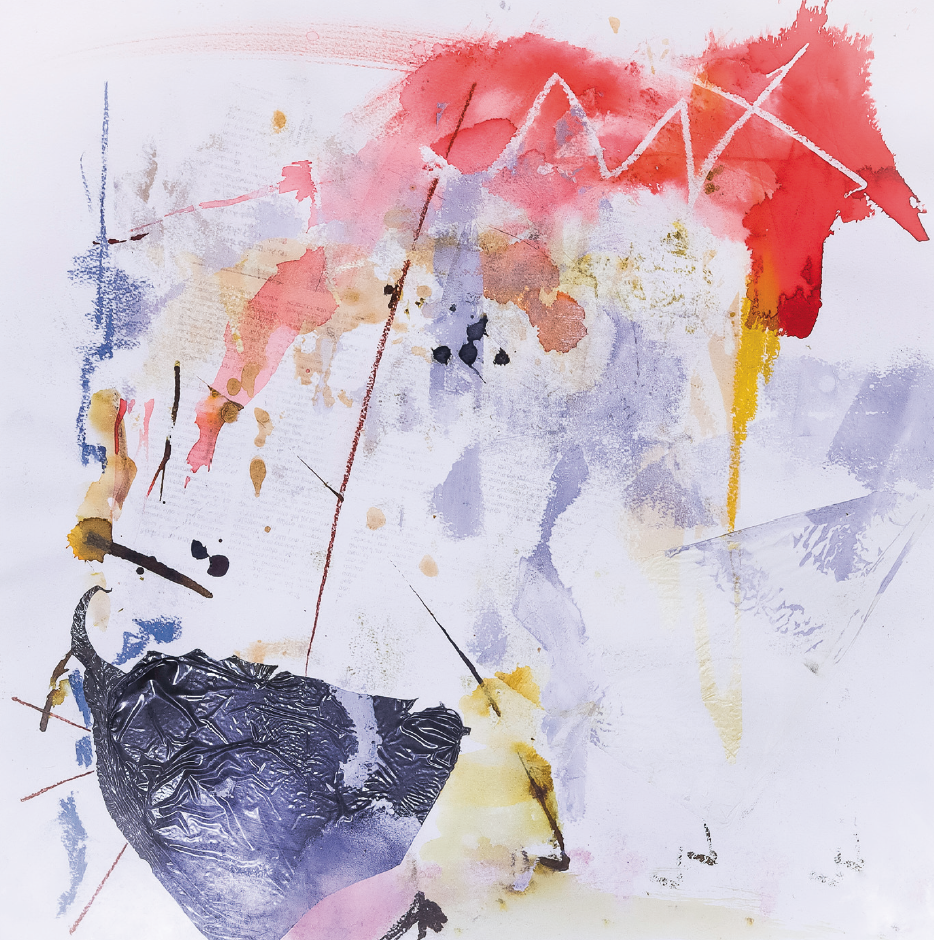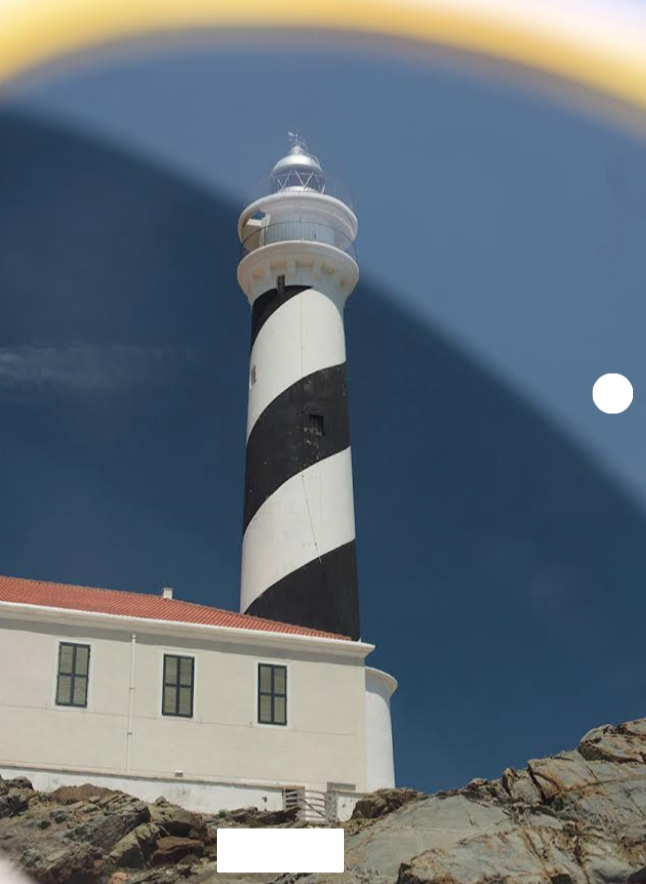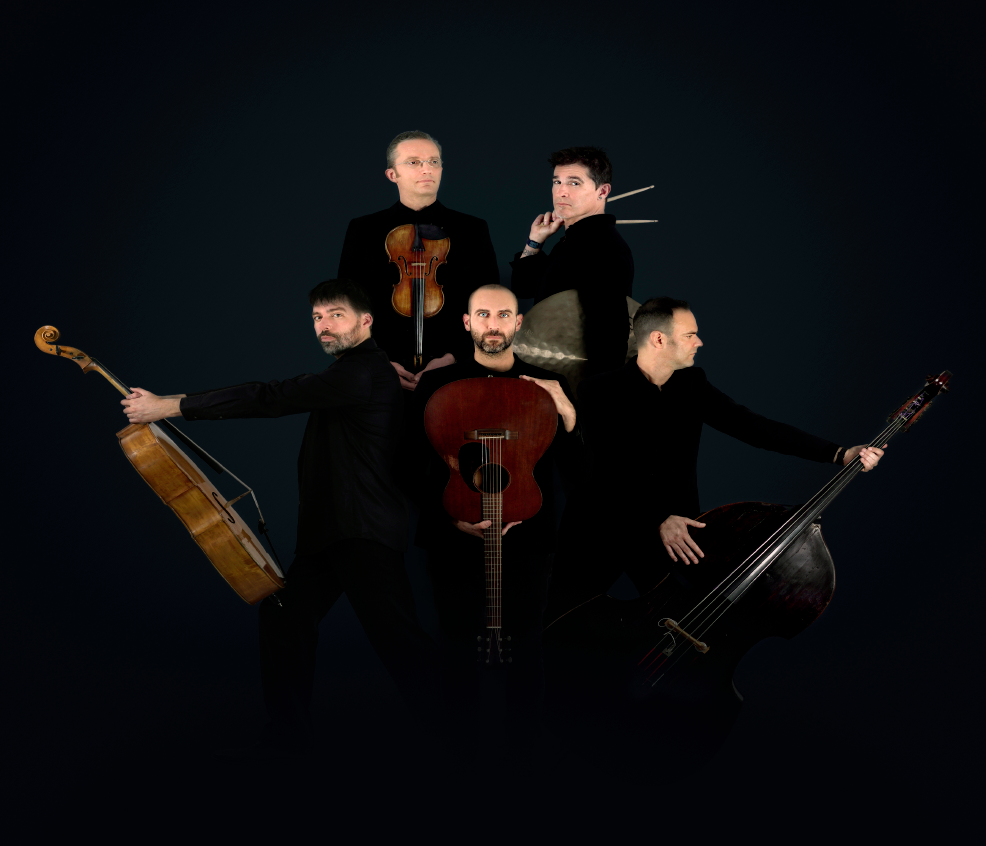News
Goodbye Josep Navarro Vives, exceptional driver of Catalan art in the second half of the 20th century
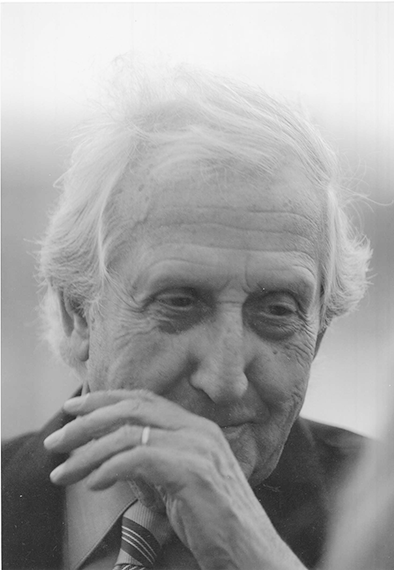
Josep Navarro Vives, one of the key figures in understanding Catalan art of the second half of the 20th century, has died in Barcelona at the age of 91, leaving behind a legacy of more than seventy years dedicated to painting.
Navarro was an exceptional driver of artistic creation in Catalonia. He discovered that he liked to paint and no one could ever stop him from doing so. Like that Echenov character, he always wanted to know how far he could push himself without caring too much about staying true to recognized forms or styles.
Navarro, as those closest to him knew him, has been a tireless creator. Driven by the exploration of new expressive languages, he moved from informalism to geometric abstraction, from figurative art to a personal magical hyperrealism, the investigation of volumetric sensation and chromatic exploration, the lyrical abstraction that distills ·len les atmospheres... A trajectory so wide and complex that, with difficulty, it can be reduced to a few lines. Arnau Puig defined it as "one of these homos aestheticus is Josep Navarro Vives. How much he sees, how much he perceives, is transubstantiated, from the sudden basic impression, into an expressive formal presence."
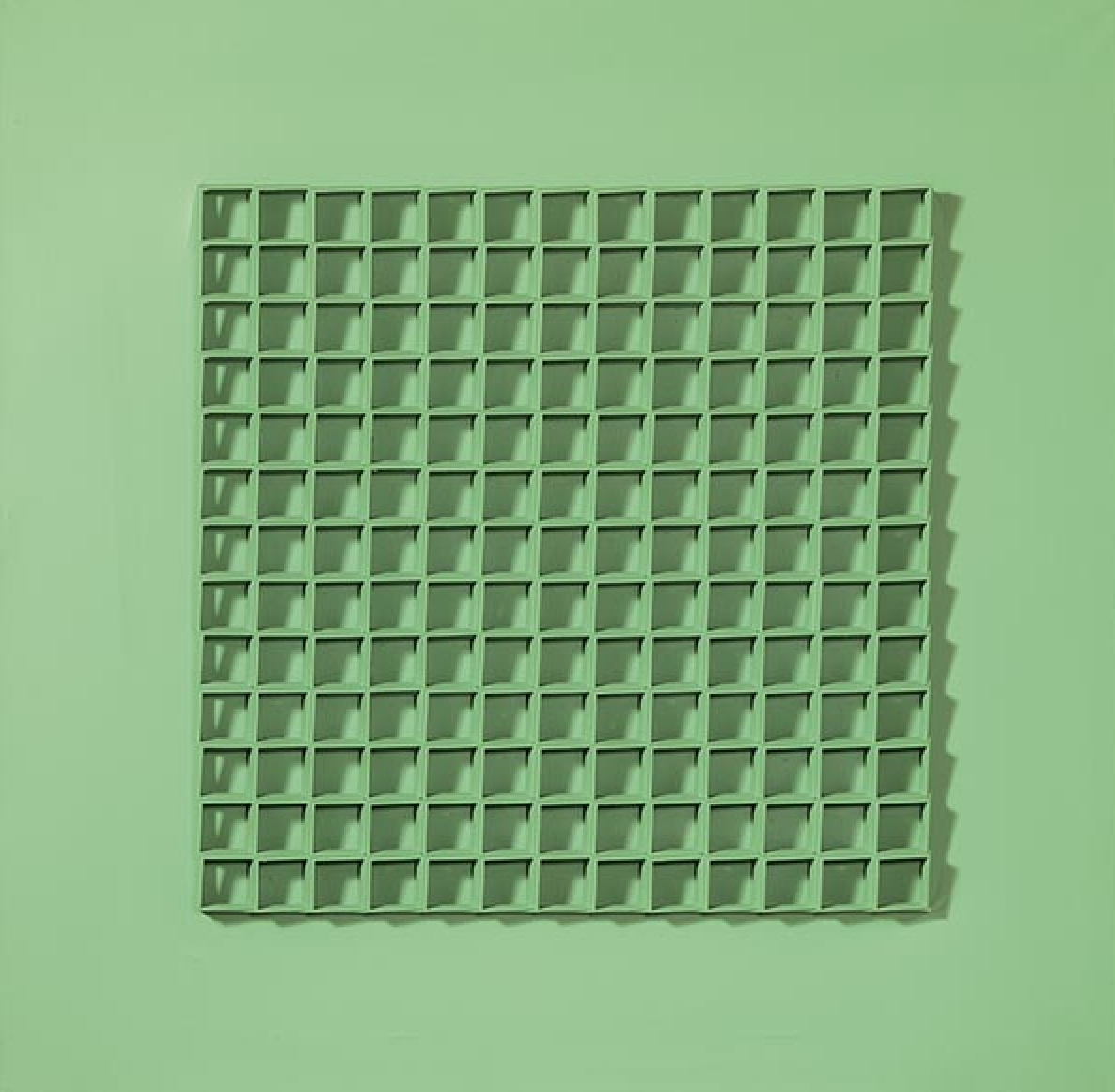
The transformation, the disruptive attitudes, through the rectifications and rethinking of the starting assumptions, as well as the investigation of new paths contributed to the work of Josep Navarro this organic character based on intuition, experimentation and inexhaustible development of new forms of expression. This attitude and permeability to let oneself be transfixed by life gives the artists' creative corpus a procedural character that expands over more than seven decades.
He constantly crossed continents, geographical and aesthetic. He did not belong to any group or make manifestos or theoretical writings in support of his work. In this sense, and as Francesc Miralles pointed out at the time about Navarro's work, "contemporary historiography is reluctant, or at least not bewildered, in front of authors who radically change their style in the course of of the years. This is because throughout our century the differentiation of languages, even their invention, has become perhaps the primary value of the art of the 20th century. But in the face of this fact of language change it is necessary to consider several aspects. Among them: that the creators of new languages are very few throughout this century and the creation of a language should not be confused with the personification of style, nor should the versatility of a artist who adopts various languages with a lack of personality".
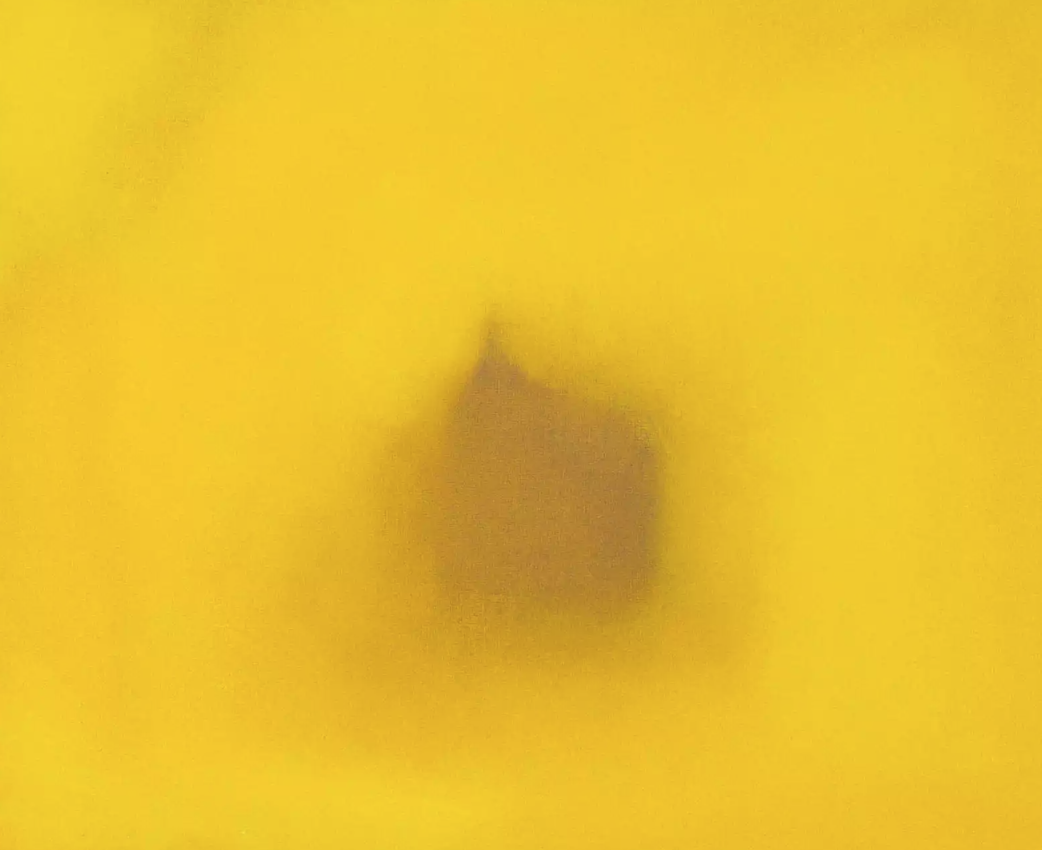
Navarro had the inquisitive look, of one who has to know and discover the engine of his restlessness, and the robust hands of the obstinate worker. Almost a year ago, in his study, he watched from a distance. Navarro had removed the paper covering one of his paintings and, in a kind of internal dialogue, was looking at it in detail, absorbed. He seemed to be assessing the painting in front of him, going over every shape, every line and every touch of color as if there was still something left to say or to rectify. At the time, I was moved to discover how, despite the undisputed recognition of a lifetime dedicated to painting, there are still people with an innate drive not to dwell on complacency. They are the ones who, on many occasions and from discrete distances, have stirred, shaken and oxygenated our limits. Let's not forget them.



